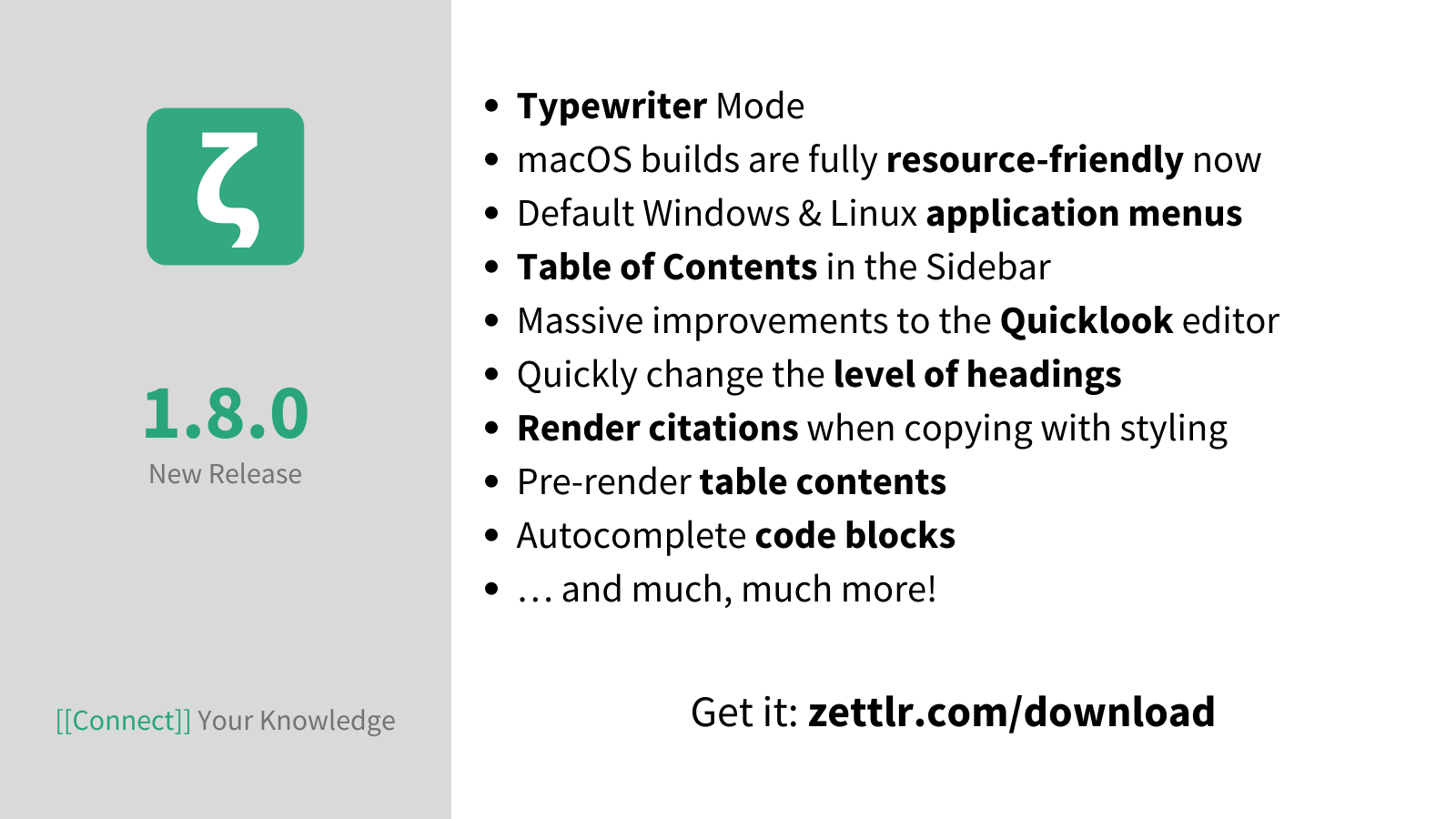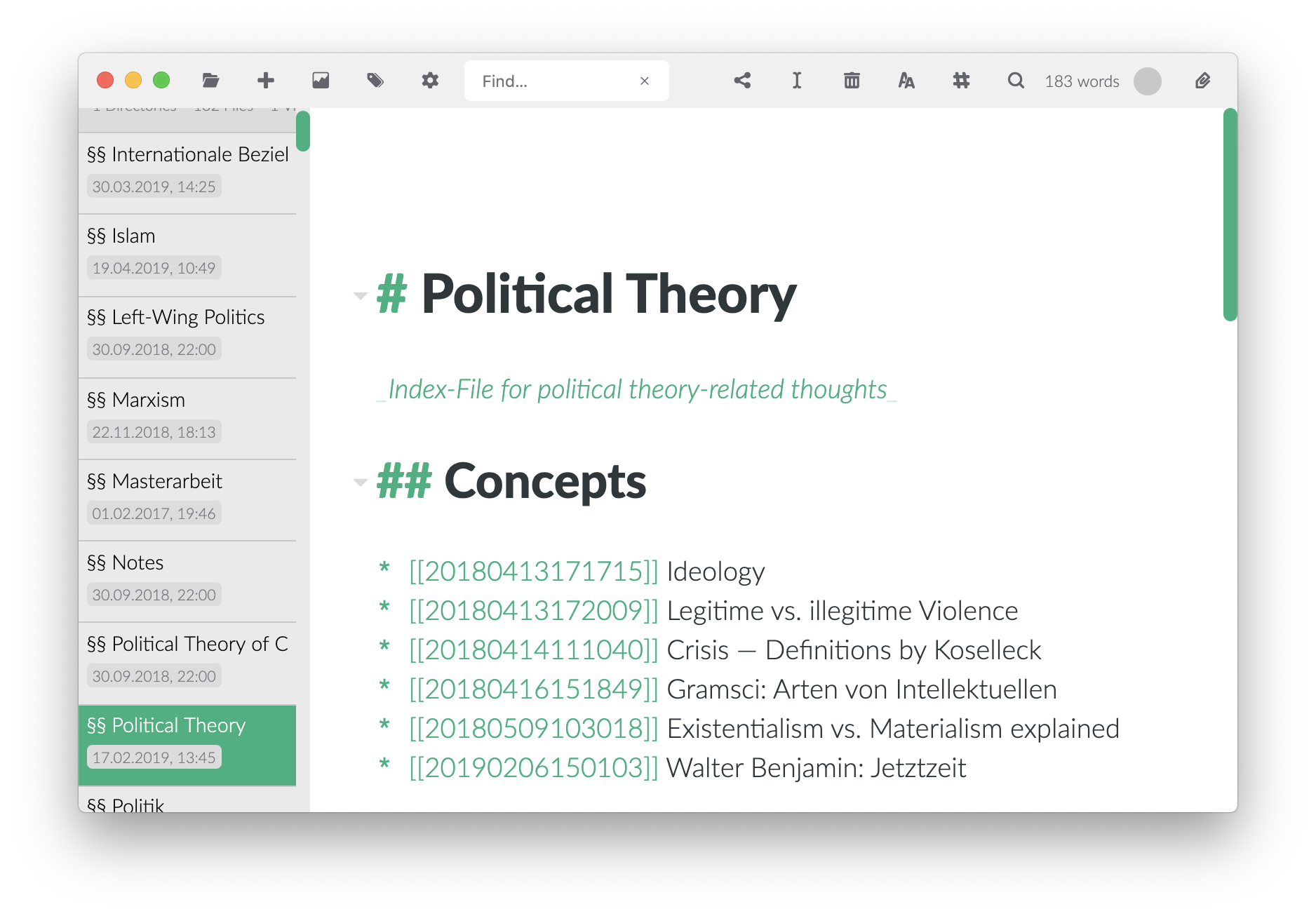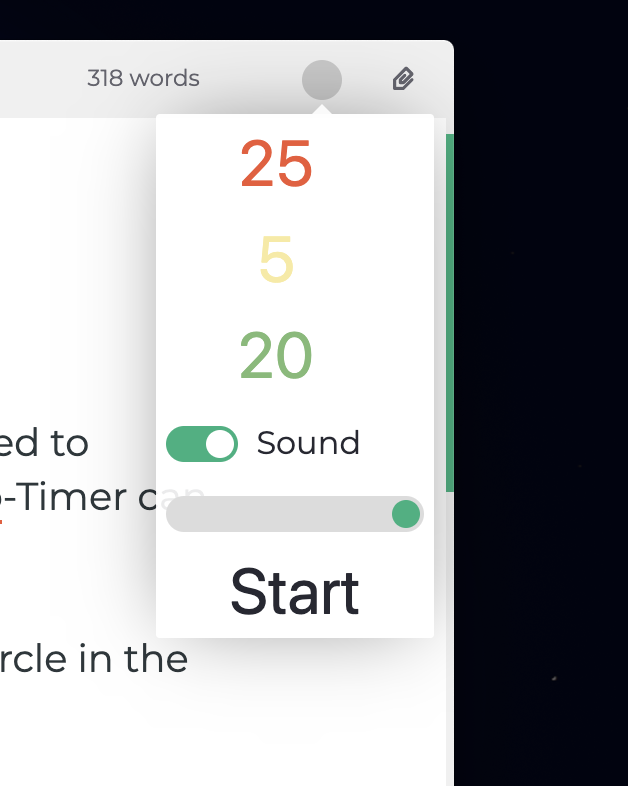

This all works surprisingly well already, but note that while this workflow results in a well formatted word document with proper in-text citations and a bibliography, it may not be ideal for collaboration. Note: Someone on the Zettlr Discord gave me a fix for removing URLs and DOI from the bibliography in the Chicago (author-date) style. You can remove bullets and brackets using the “copy as” contextual bullet menu. I haven’t tried exporting a whole page, or section of a page yet, but I don’t see any particular difficulty.

Point Zettlr to the CSL JSON file in the “citations” tab of the preferences.This one should be a Better CSL JSON file. Set up another export file from Better BibLaTeX (with automatic updating).You can do this by configuring BetterBibTeX to use the Pandoc format for “quick copy” actions.
#ZETTLR APP CODE#
Another option is to simply switch to Zotero and copy the code from there.

Currently doesn’t quite work as well as it might because the template will enter the citation in a new block, not at the current location in the text, so you have to delete the result and paste it where it should go in the text.Only the code is necessary for the next step. In the preferences for Citation Manager for Logseq, set the inline literature citation format to You do not need to create pages for every citation you reference, this is only for taking notes.Note: This does not currently pull your Zotero annotations into Logseq, but I think the Zotero MD-Notes plugin might help with that? (I haven’t tried this yet.) The Publishing workflow Logseq > Zettlr > Word The page template should name pages to and have the metadata citekey::.
#ZETTLR APP INSTALL#
Install Sawhney’s Citation Manager Plugin.(I suggest assigning a color to this tag, as it will then show up clearly in your library.)

It can add a Zotero tag such as #logseq for all items that it finds in your graph, and then open those pages directly from Zotero.
#ZETTLR APP UPDATE#
That being said, this is a work in progress and I will update this post as the workflow changes. But this thread is for people like me who are (a) impatient, and (b) lazy, and want to have the best integration possible with the least amount of effort. Things are changing fast with a lot of development happening in efforts to develop a Comprehensive Zotero Plugin.


 0 kommentar(er)
0 kommentar(er)
